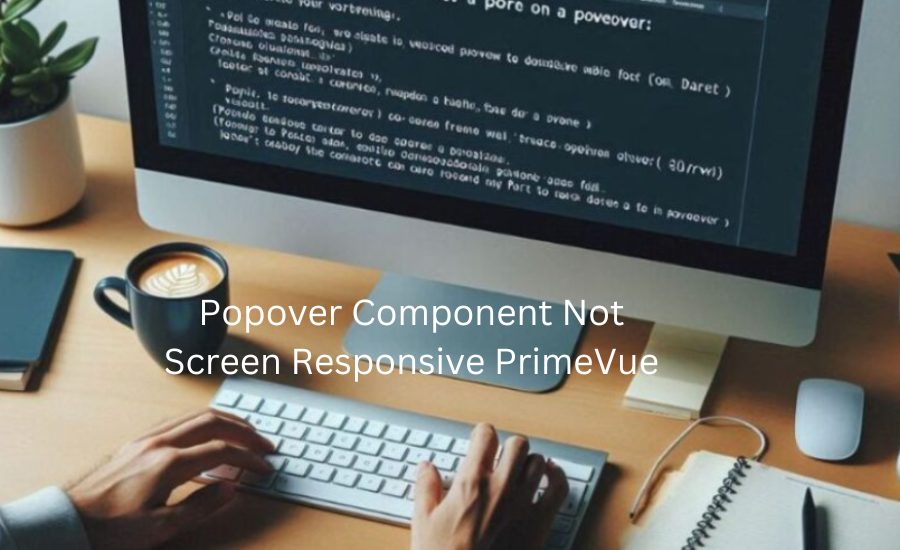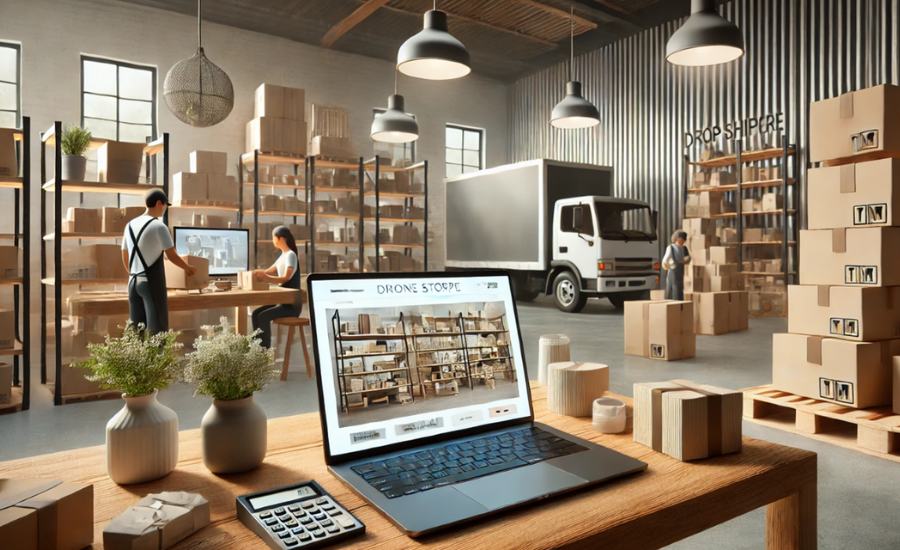Popover component not screen responsive PrimeVue is a common challenge when designing adaptable web applications. Ensuring components perform seamlessly on various screen sizes and devices is essential, yet this lack of responsiveness can disrupt user experience, especially on compact screens like smartphones and tablets. This article delves into the causes of this responsiveness issue in PrimeVue’s popover component, examines its impact on usability, and discusses practical solutions to enhance functionality across all screen sizes.
Examining the Responsiveness Issue in PrimeVue’s Popover Component
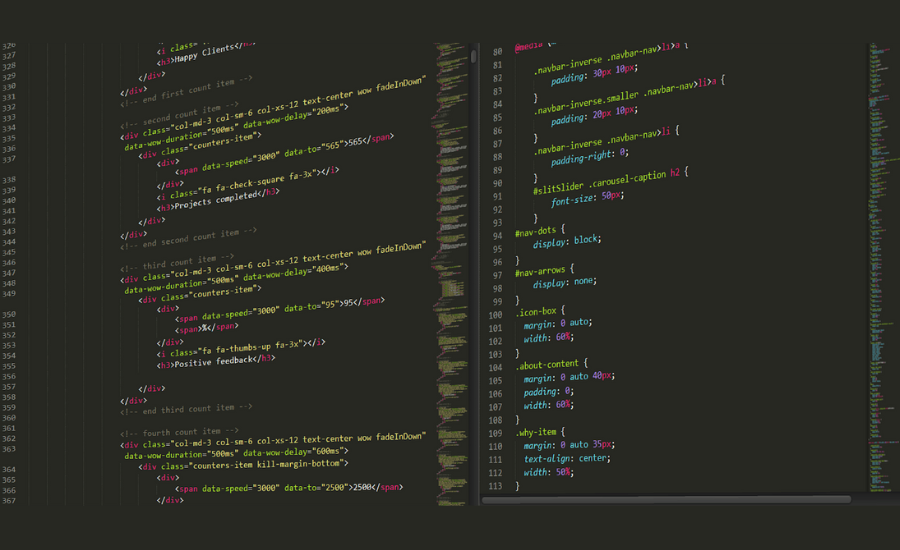
The term popover component not screen responsive PrimeVue points to a recurring challenge where the popover feature does not adjust properly across various screen sizes. On smaller screens, such as those of mobile devices, users may encounter problems like the popover extending past screen edges or obstructing vital interface elements, which can frustrate users who need access to essential functions or information.
When a popover component is unresponsive, it disrupts the natural flow of interaction, leading to confusion and diminished user satisfaction. This responsiveness issue is particularly important in modern web design, where the goal is to provide a seamless experience on all devices. A popover that doesn’t respond to screen changes can create unnecessary friction, potentially driving users away from your application or site.
For developers, addressing this challenge is crucial. The first step is to thoroughly understand the limitations of PrimeVue’s current popover functionality. By examining the root causes—whether layout constraints, style conflicts, or improper positioning settings—developers can more effectively tackle these issues. Implementing adaptive strategies, such as using conditional styling for smaller screens or configuring custom positioning, can improve the component’s flexibility and ultimately enhance the user experience.
With careful analysis and adjustments, developers can make the PrimeVue popover responsive across all devices, providing users with an accessible, smooth, and visually appealing interaction regardless of screen size.
Why Choose PrimeVue Applications and What to Consider
PrimeVue is a powerful component library designed to make building visually engaging, responsive user interfaces straightforward for Vue.js applications. This library provides an extensive range of components, from basic buttons and sliders to advanced data tables and dialog boxes, all crafted to streamline development and enhance user experience.
PrimeVue’s versatility enables developers to build feature-rich applications efficiently. The components come pre-styled with customizable themes, saving development time and reducing the need for extensive CSS or JavaScript customization. For developers seeking a comprehensive toolset that integrates smoothly with Vue.js, PrimeVue is a valuable choice, supporting rapid, high-quality interface development.
However, like any tool, PrimeVue has its limitations. For instance, the popover component not screen responsive PrimeVue issue poses challenges in ensuring optimal display on all device types. This lack of responsiveness can lead to popovers that extend beyond screen boundaries or obscure essential elements on smaller screens like smartphones. These issues may frustrate users, impacting their experience and potentially reducing engagement.
Understanding both the strengths and limitations of PrimeVue, especially regarding responsiveness, is crucial for developers focused on delivering an exceptional user experience. By recognizing these challenges, developers can address them proactively—whether by implementing custom styling or adjusting positioning settings to enhance the responsiveness of PrimeVue’s popover component
Typical Challenges with PrimeVue’s Popover Component Responsiveness
When using PrimeVue, developers frequently encounter difficulties with the popover component not screen responsive PrimeVue feature, which can negatively impact how users experience applications on varying screen sizes. Addressing these issues is essential for ensuring a smooth and accessible interface across devices.
Overflow and Truncation
One of the primary issues with the PrimeVue popover component is its tendency to overflow or become partially cut off on smaller screens, such as those of smartphones and tablets. This overflow results in critical information being obscured or entirely hidden, limiting user access to necessary details and disrupting navigation.
Misalignment and Displacement
Another common challenge is improper positioning, where the popover appears outside its intended area or overlays unrelated content. This misalignment, particularly on smaller screens, can frustrate users as they search for information that may seem misplaced or concealed. In confined spaces, like those found on mobile devices, such misalignment can render essential parts of the application inaccessible.
These recurring issues highlight the need for developers to implement responsive solutions that enhance the usability of PrimeVue’s popover component. By understanding the causes of overflow and misalignment, developers can apply targeted adjustments, such as conditional CSS or media queries, to improve responsiveness. Enhanced positioning settings and viewport-specific adjustments can also help to ensure the popover remains fully visible and accessible across all screen sizes.
Improving the popover component’s adaptability will result in a more seamless, user-friendly experience, ultimately contributing to greater satisfaction and engagement for users on any device.
The Importance of Responsiveness for PrimeVue’s Popover Component
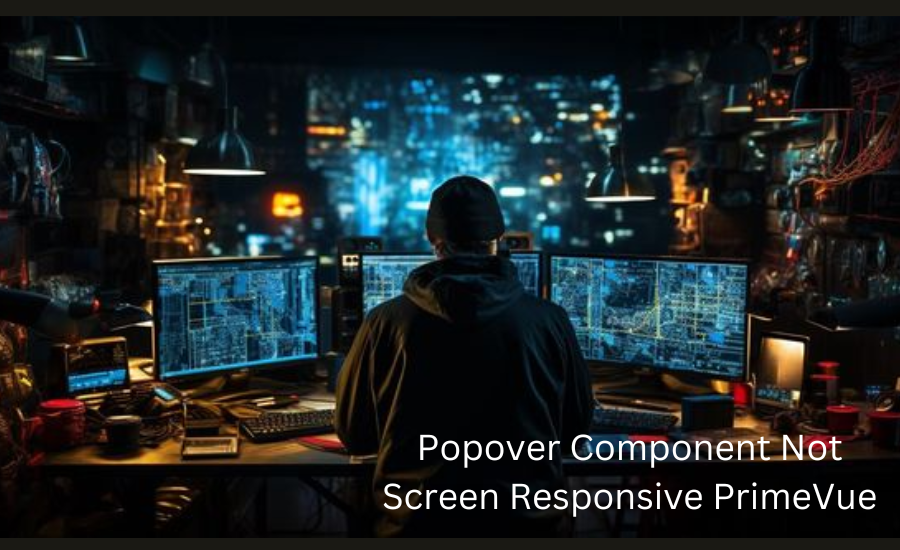
Responsiveness is a foundational element of modern web design, especially as users access applications on a diverse range of devices and screen sizes. When the popover component’s screen responsive PrimeVue feature lacks adaptability, it can cause a subpar experience that impacts both usability and user satisfaction. If users encounter issues such as misaligned popovers or cut-off content, frustration is likely to increase, potentially resulting in higher bounce rates and lower overall engagement.
In today’s mobile-driven environment, a responsive popover component is essential for creating a fluid user experience. With a well-designed, responsive popover, users can access important information quickly and efficiently without interrupting their interaction with the rest of the application. This ensures that the interface remains visually balanced and fully functional across all devices, from desktops to smartphones.
Moreover, responsive design signals professionalism and attention to user needs, factors that contribute to higher user retention and satisfaction. An adaptable popover in PrimeVue also aligns with accessibility standards, helping to create an inclusive interface for users with various needs. By investing in a responsive popover component, developers not only enhance usability but also build a foundation for long-term user loyalty and satisfaction, reinforcing the effectiveness and appeal of their application on any platform.
Assessing the Responsiveness of PrimeVue’s Popover Component
To ensure the popover component not screen responsive PrimeVue behaves consistently across different devices, it’s crucial to conduct a thorough responsiveness assessment. Identifying and addressing potential issues early in development can help prevent user frustration and improve overall functionality.
Cross-Device Testing
Start by viewing your application on a variety of devices, such as smartphones, tablets, and desktop screens, to observe how the popover component appears and functions in each context. Look closely for signs of overflow, misalignment, or truncation on smaller screens. Testing on actual devices can offer a realistic perspective on user experience and help pinpoint where the popover may need adjustments for better visibility and usability.
Using Browser Developer Tools
Most modern browsers come equipped with developer tools that allow you to simulate different screen sizes and resolutions. Within these tools, you can adjust the browser viewport to mimic various devices, testing how the popover component responds as the screen size changes. Pay attention to any shifting, clipping, or visibility issues that arise. If the popover fails to stay aligned or doesn’t scale properly, these tools will highlight those shortcomings, allowing you to make targeted improvements.
By applying these testing techniques, you can quickly spot and address any problems with the popover component’s responsiveness. This proactive approach in the development process not only enhances usability but also ensures a cohesive, responsive design that meets user needs across all device types.
Solutions for Improving Responsiveness in PrimeVue’s Popover Component
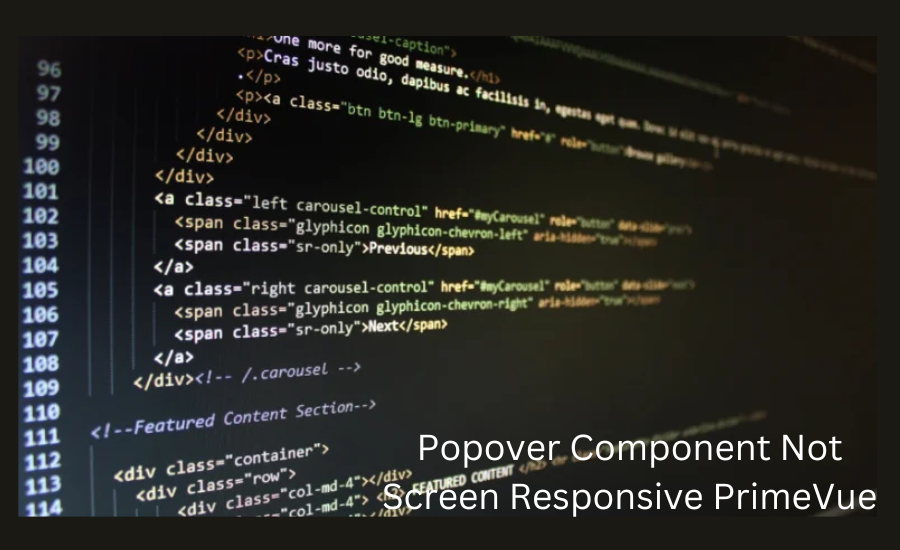
If you find that the popover component not screen responsive PrimeVue doesn’t adapt well to various screen sizes, several quick adjustments can enhance its flexibility and ensure it functions smoothly across devices:
Use Percentage-Based Widths
Instead of setting the popover’s dimensions to fixed pixel values, try using percentage-based widths. By defining the popover size as a percentage of the screen width, you allow it to scale according to the device’s dimensions, ensuring that it remains visible and proportionate on both large and small screens.
Leverage CSS Media Queries
CSS media queries enable you to apply specific styles for different screen sizes, which is particularly useful for popovers. You can set rules to automatically reduce the popover’s size on smaller screens, reposition it, or adjust padding and margins as needed. This approach helps the popover fit comfortably within the viewport, preventing it from overlapping essential content and enhancing accessibility.
Implementing these adjustments will make the popover component more responsive, ensuring that users enjoy a seamless experience regardless of device. These small but effective changes can improve usability and create a more polished and user-friendly interface.
Ensuring Popover Component Responsiveness Across Devices
Testing is a fundamental step in developing responsive web components, and it’s essential to verify that the popover component not screen responsive PrimeVue works well on all devices. Here are some effective methods to assess its functionality:
Use Device Simulators
Simulators and emulators offer a convenient way to mimic mobile and tablet screen environments, allowing you to see how the popover behaves on different screen sizes. Testing within these simulated environments provides early insights into potential issues, such as overflow or misalignment, that might affect user experience on smaller screens.
Conduct Real Device Testing
While simulators are helpful, testing your application on actual devices adds a layer of reliability. Real-world testing allows you to evaluate the popover’s responsiveness more accurately, as actual screen resolutions, touch interactions, and display conditions can expose challenges that simulators might miss.
By dedicating time to both simulated and real-world testing, you can optimize the popover component for all users, ensuring a seamless, reliable experience across device types. This careful approach will help you deliver a polished, user-friendly application that meets a diverse range of needs and expectations.
Enhancing the Responsiveness of the Popover Component Through Customization
Customizing the popover component can effectively resolve responsiveness challenges. Here are some actionable strategies to improve its adaptability across devices:
Implement Dynamic Sizing
To enhance the popover’s flexibility, consider setting its width using percentage values or viewport units such as vw (viewport width) or vh (viewport height). This adjustment allows the popover to scale appropriately with varying screen sizes, ensuring that it fits well and remains functional on both mobile and desktop displays.
Add a Close Button
Incorporating a close button within the popover can significantly improve user experience. This feature empowers users to dismiss the popover quickly, preventing it from blocking critical content and enhancing navigation throughout the application.
By customizing both the design and functionality of the popover, you can create a more intuitive and user-friendly interface that caters to the needs of all users.
Contrasting Responsive and Non-Responsive Popovers: key Example
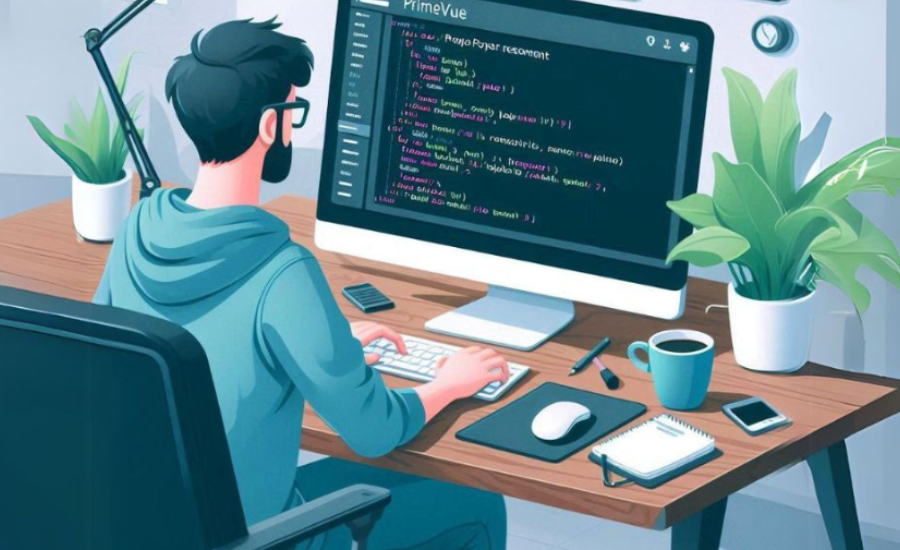
Grasping the difference between responsive and non-responsive popovers is essential for effective design. Below are illustrative examples that highlight these distinctions:
Responsive Popover
A well-optimized responsive popover is designed to fit comfortably within the confines of a smartphone screen. It ensures that essential buttons and interface elements remain visible, and the text is easily legible, providing a seamless user experience.
Non-Responsive Popover
In contrast, a non-responsive popover might extend beyond the edges of the screen, obstructing critical buttons or information. Users may find it difficult to read or interact with this popover, leading to frustration and potentially disengaging them from the application.
These examples underscore the importance of ensuring your popover component is responsive, as this directly influences user satisfaction and engagement.
The Role of CSS in Optimizing Popover Responsiveness
CSS is crucial in defining how the popover component is displayed. If styles are overly rigid, the popover can become unresponsive. To enhance its adaptability, consider the following techniques:
Utilize Flexible Units
Incorporate flexible units such as percentages or viewport widths in your CSS styles. This allows the popover to adjust its dimensions based on the available space, ensuring a better fit across various screen sizes.
Apply the Max Width Property
Implementing the max-width property helps to control the popover’s size, preventing it from becoming too large or unwieldy. This constraint maintains a clean, user-friendly appearance and enhances readability.
By effectively leveraging CSS in your design, you can significantly improve the responsiveness of the popover component, ultimately enhancing the overall user experience.
Enhancing Popover Responsive with Media Queries
Media queries are essential in modern web design, enabling developers to apply tailored styles based on screen dimensions. If you find that your popover component not screen responsive PrimeVue is struggling with responsiveness, integrating media queries can be a game changer:
Adjusting Size
Utilize media queries to dynamically alter the size and position of the popover on smaller screens. This adaptability ensures users can easily interact with the popover without interference from other interface elements.
Modifying Positioning
Additionally, you can adjust the positioning of the popover depending on the viewport size. By ensuring it appears in a logical and accessible location, you can significantly enhance overall usability.
By effectively utilizing media queries, you can significantly improve the popover’s responsiveness, leading to a smoother user experience.
The Importance of User Experience with Non-Responsive Popover Components
User experience (UX) is a critical focus in web development. When the popover component not screen responsive PrimeVue fails to adapt, it can frustrate users and diminish their satisfaction. Components that do not function properly can deter users, ultimately impacting your website’s success.
To create a positive user experience, it is essential to ensure that your popover component functions smoothly across all devices. A responsive popover enhances access to information, keeping users engaged and content throughout their interaction with your application.
The Future of PrimeVue: Advancements in Responsiveness
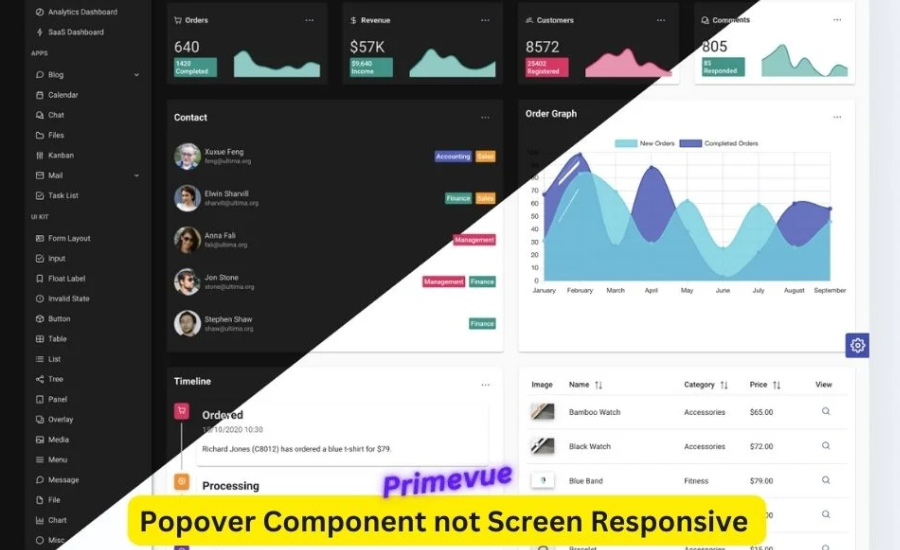
The outlook for PrimeVue is bright, with ongoing enhancements from the development team aimed at improving its features, including responsiveness. As new updates are rolled out, enhancements to the responsiveness of the popover component could be forthcoming.
Staying informed about the latest PrimeVue releases is crucial to leveraging these advancements. By monitoring upcoming features, you can ensure that your application remains user-friendly and efficient, meeting the evolving needs of your audience.
FAQs About PrimeVue’s Popover Component Responsiveness
Q: What is the primary issue with the PrimeVue popover component’s responsiveness?
A: The main issue is that the popover may not adjust properly across various screen sizes, leading to problems such as overflow, truncation, and misalignment, especially on smaller devices like smartphones. This can hinder user access to vital information and functionality.
Q: How can developers test the responsiveness of the popover component?
A: Developers can conduct cross-device testing by viewing the application on various devices, including smartphones, tablets, and desktops. They can also use browser developer tools to simulate different screen sizes and resolutions, helping to identify any issues with visibility and alignment.
Q: What CSS techniques can enhance the popover’s responsiveness?
A: To improve responsiveness, developers should consider using percentage-based widths, flexible units (like vw and vh), and media queries to apply specific styles for different screen sizes. The max-width property can also help prevent the popover from becoming too large and maintain a user-friendly design.
Q: How can I improve the user experience with the popover component?
A: Adding features like a close button can enhance user experience by allowing users to dismiss the popover quickly. Implementing dynamic sizing and ensuring proper positioning based on screen size also contribute to a smoother interaction.
Q: What are the consequences of not addressing responsiveness in popover components?
A: Failure to ensure responsiveness can lead to a poor user experience, resulting in frustration and potentially increasing bounce rates. This may decrease overall user engagement and retention, negatively impacting the success of the web application.
Conclusion
Ensuring the popover component in PrimeVue is responsive across various devices is vital for enhancing user experience, as challenges like overflow, misalignment, and truncation can significantly disrupt interaction, especially on smaller screens. By employing techniques such as percentage-based sizing, CSS media queries, and conducting thorough testing, developers can effectively tackle these issues. Implementing responsive design principles not only improves usability but also reflects professionalism and a commitment to user needs. As PrimeVue continues to evolve, staying updated on new features will be essential for maintaining a high-quality, responsive web application. Ultimately, a well-optimized popover component fosters a smoother, more engaging user experience, leading to long-term satisfaction and loyalty.
Read Next: worldwidesciencestories-com-technology







